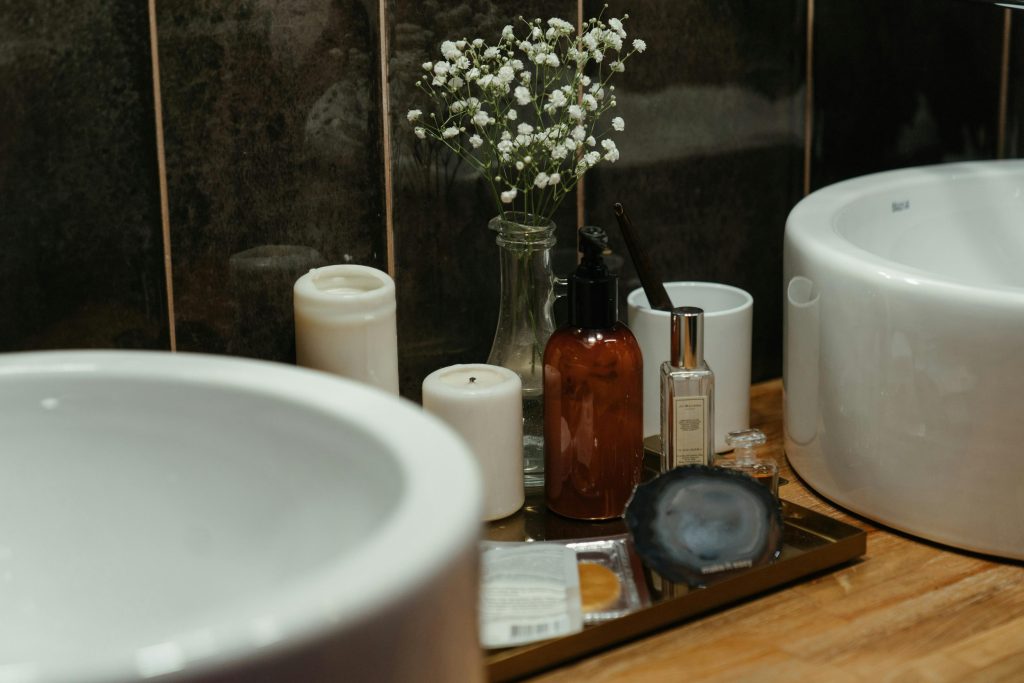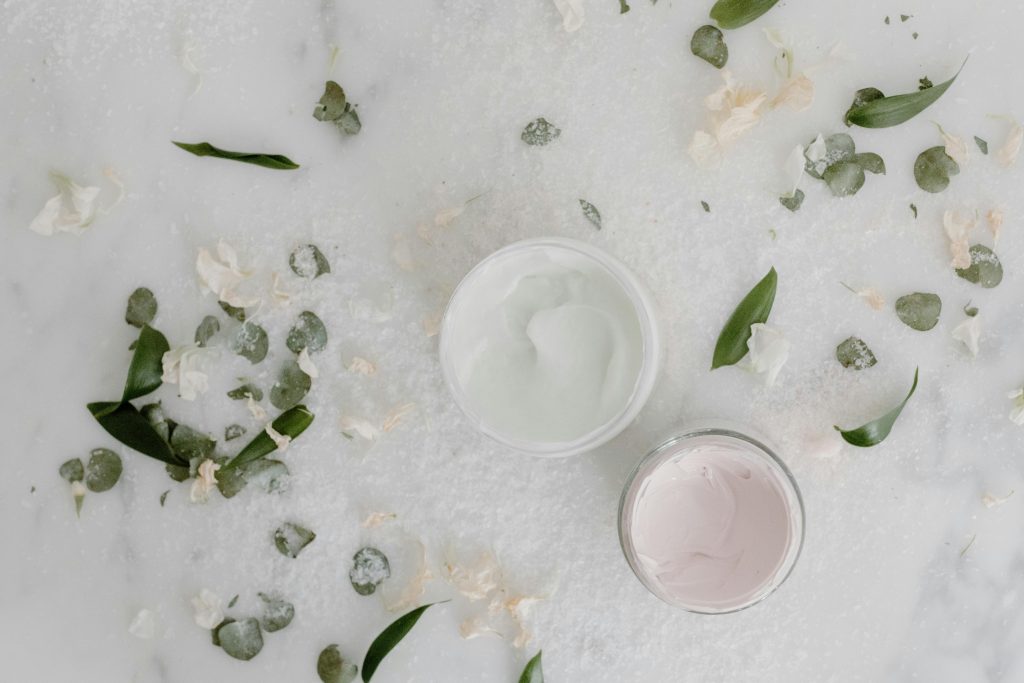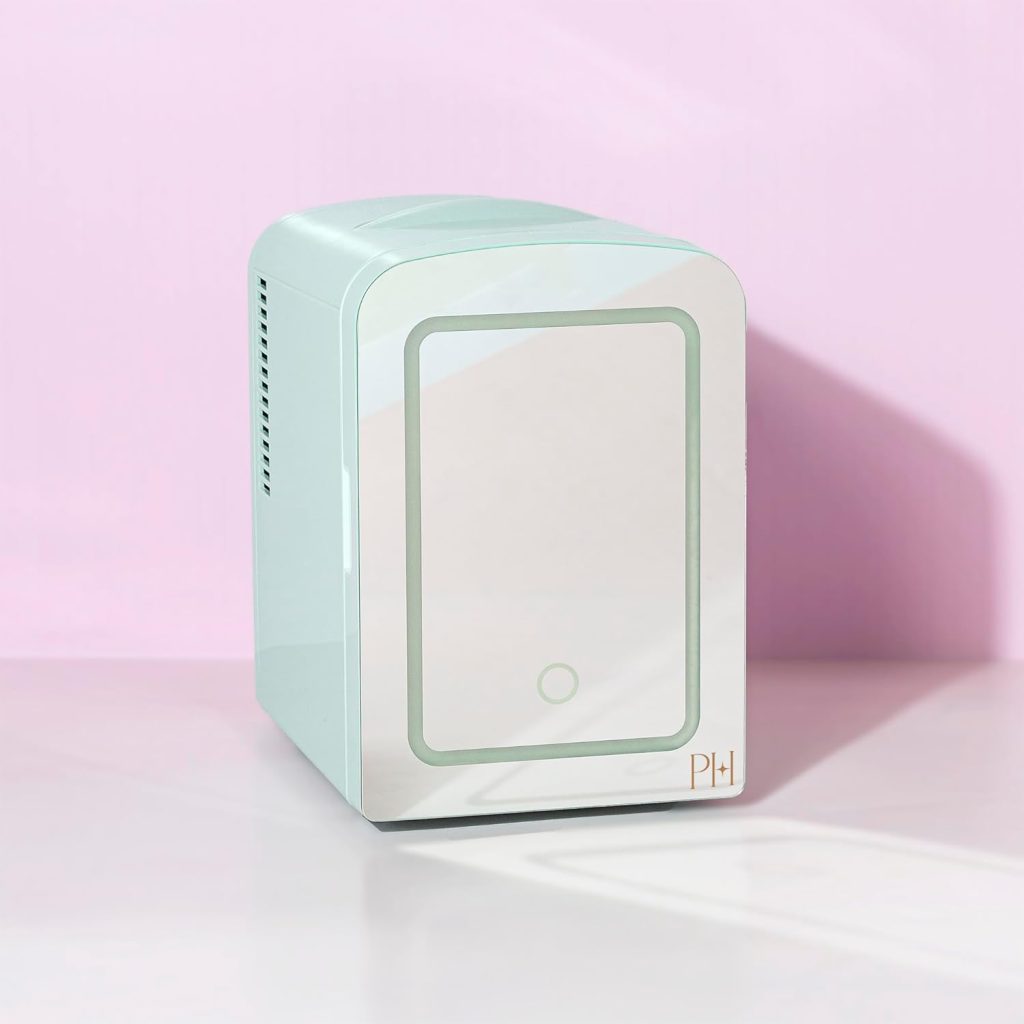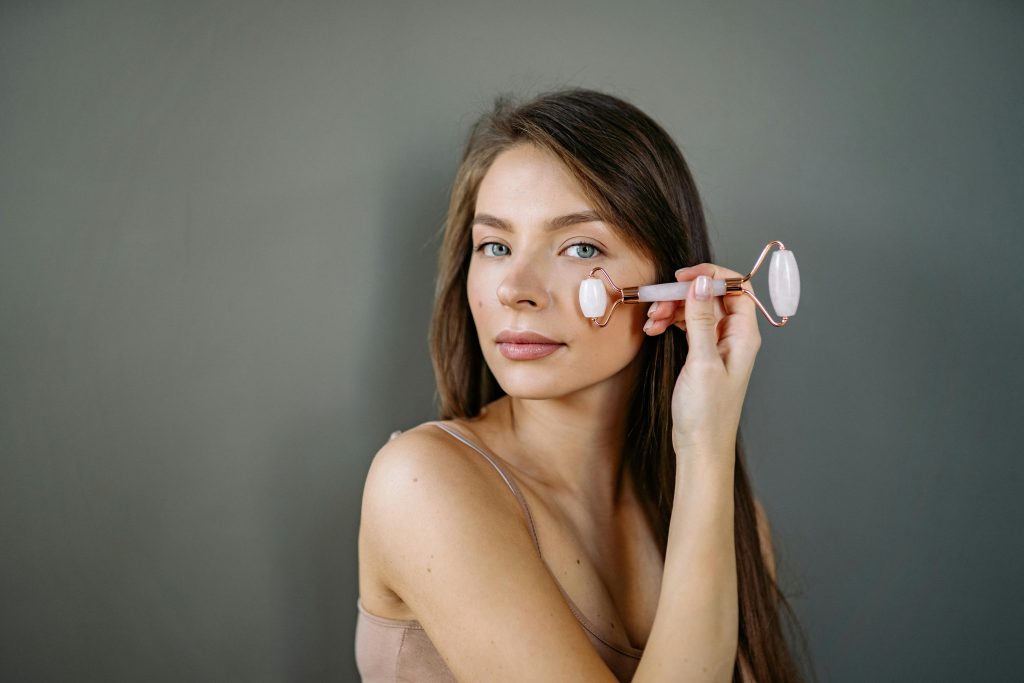
As an Amazon affiliate, I earn a commission for the products linked below.
Why Your Skincare Routine Needs a pH Check
You might be layering your skincare like a pro, but if your products are messing with your skin’s pH, you could be doing more harm than good. 😬
Yes, pH matters. And no, it’s not just chemistry class jargon.
Understanding your skin’s pH and how your products interact with it can be the difference between irritated, breakout-prone skin and a balanced, glowing complexion.
Let’s break down why your skincare routine needs a pH check—and how to actually do it.
First Things First: What Is pH?
pH stands for potential of hydrogen, and it measures how acidic or alkaline a substance is. The scale goes from 0 to 14:
- 0–6: Acidic
- 7: Neutral
- 8–14: Alkaline (basic)
Your skin’s natural pH hovers around 4.5 to 5.5, making it slightly acidic. This acidity is essential for keeping your skin barrier strong and protective.
Why pH Balance Matters in Skincare
Your skin is covered by the acid mantle, a thin film that keeps bad bacteria out, moisture in, and irritation at bay.
When you use products that are too alkaline or too acidic for daily use, you risk:
- Dryness
- Breakouts
- Redness
- Sensitivity
- Compromised barrier
A pH-disrupted barrier = irritated, inflamed, and unhappy skin. 😣
Common pH Offenders in Your Routine
Let’s call out a few skincare troublemakers:
- Harsh Cleansers (pH 9+): These strip away your acid mantle, leaving your skin dry and vulnerable.
✅ Swap for: Low-pH cleansers like COSRX Low pH Good Morning Gel Cleanser
- DIY Vinegar or Lemon Juice Toners (pH 2–3): Too acidic and irritating, even if they sound “natural.”
- Bar Soaps: Often have a high pH that disrupts your barrier, especially if you have dry or sensitive skin.
- Overused Acids (AHAs, BHAs): Effective, but should be balanced with hydrating, barrier-friendly products.
How to Know If a Product Is pH-Balanced
- Look for it on the label. Some brands include pH values (bless them).
- Check the brand’s website. Many list the product pH in FAQs or product pages.
- Use pH strips. Available online and easy to use for DIY testing.
- Follow trusted recommendations. Stick to brands known for formulating within skin-friendly pH ranges.
Signs Your Routine Might Be Throwing Off Your pH
- Your skin feels tight after cleansing
- Sudden sensitivity or breakouts
- Redness that doesn’t go away
- Products stop “working” like they used to
- Dry patches despite moisturizing
If any of these sound familiar, your pH might be the missing puzzle piece.
How to Build a pH-Friendly Skincare Routine
Here’s a simple guide to a skin-happy pH lineup:
- Low-pH Cleanser: Gently removes dirt without stripping.
✨Try: KraveBeauty Matcha Hemp Hydrating Cleanser or La Roche-Posay Toleriane Purifying Foaming Cleanser
- Hydrating Toner or Essence: Reinforces barrier and preps skin.
✨Try: Pyunkang Yul Essence Toner
- Moisturizer: Locks in hydration and supports balance.
✨Try: CeraVe Moisturizing Cream or First Aid Beauty Ultra Repair Cream
- SPF (AM): Protects from UV, which can also mess with your barrier.
✨Try: EltaMD UV Daily Broad-Spectrum SPF 40
FAQ: Skincare & pH
- Do I need to test every product’s pH?
Not necessarily. Just be mindful of cleansers and exfoliants, as these have the most impact on skin pH.
- What’s a good pH for a daily cleanser?
Between 4.5–6 is ideal. Anything higher can be too stripping.
- Can I use acids and still maintain pH balance?
Yes! Just don’t overuse them, and balance them with soothing products. Think “treat and restore.”
- How long does it take for the skin to rebalance its pH?
Typically, a few hours, but frequent disruption slows down repair. That’s why using pH-friendly products consistently is key.
Final Thoughts
Your skincare routine can have all the right ingredients, but if the pH is off, your skin will let you know.
Think of pH like the tone of your routine: it doesn’t change the lyrics (ingredients), but it affects how they’re received.
So next time your skincare isn’t giving what it’s supposed to give? Don’t reach for another serum; check the pH. 💡🧴




















